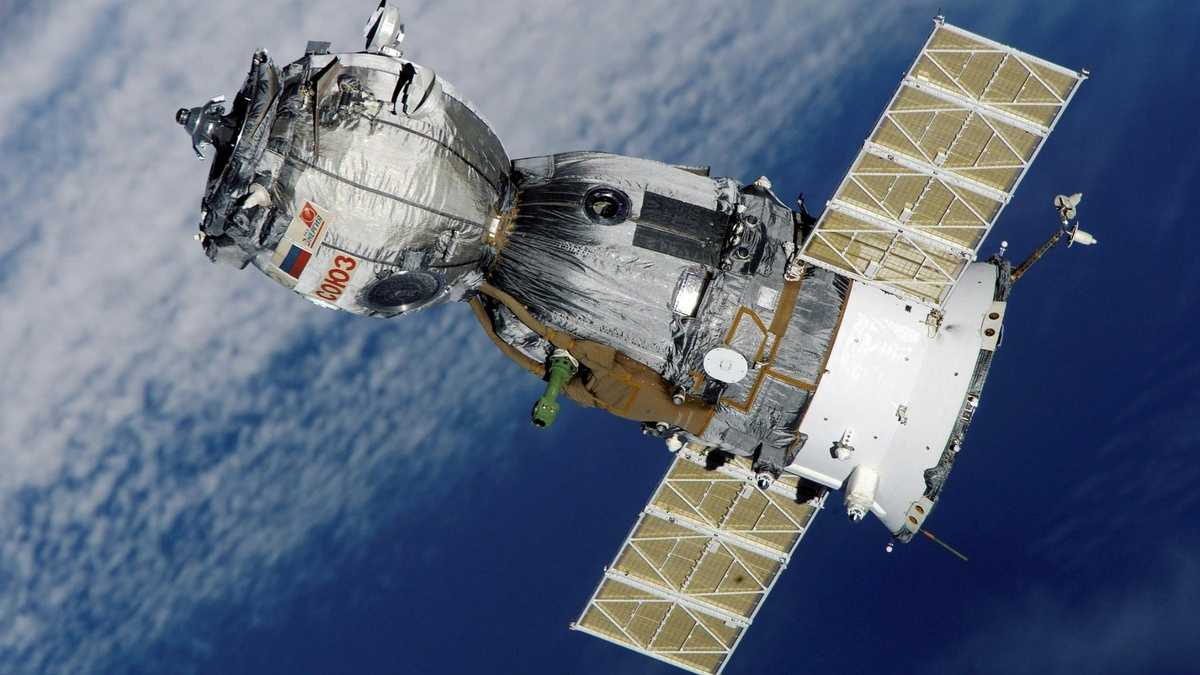Truth & Goodness
Fact or Fiction? 5 Techniques to Spot Manipulation Instantly
13 December 2025

China's Tianwen-2 space mission aims to collect samples from a small asteroid and deliver them to Earth within the coming years, then proceed to study a distant comet. This marks another bold step in China's ambitious space exploration plan.
The launch of the Long March rocket from the Xichang Satellite Launch Center was spectacular, as always. On board, a probe confirmed that the Chinese space mission is expanding rapidly. Named Tianwen-2, this probe aims to be China’s first attempt to deliver asteroid samples to Earth.
First, the probe will reach a small near-Earth asteroid. After completing its primary task, it will journey further to investigate a distant comet. If successful, China will join the elite group of nations that have successfully brought asteroid samples back to Earth. Currently, only the United States and Japan have achieved this. Thus, the Tianwen-2 Chinese space mission showcases China’s rapidly growing ambitions in space.
The probe launched in late May 2025, heading towards asteroid 469219 Kamoʻoalewa. This small object, tens of meters across, orbits the Sun on a path similar to Earth’s. Scientists speculate it might be a fragment of the Moon ejected into space by a powerful collision. The plan anticipates the probe reaching Kamoʻoalewa in July 2026. Then, for about seven months, it will study the asteroid and collect samples from it. By late 2027, a small capsule with the collected material should return towards Earth.
However, this won’t mark the end of the mission. After dispatching the samples, the main spacecraft will use Earth’s gravitational assist to embark on a six-year journey to comet 311P/PANSTARRS. The Tianwen-2 Chinese space mission has ambitious plans for the future.
Read more: Black Hole Bomb Works: Scientists Build a Miniature Version
Although China has successfully completed missions to bring back lunar samples and land a rover on the far side of the Moon, approaching a small celestial body like Kamoʻoalewa presents an entirely new challenge. Small asteroids and comets possess extremely weak and irregular gravitational fields, making traditional orbital maneuvers, like those used for planets, impossible around them.
“It’s like trying to dock a ship to a mountain drifting in space, which rotates unpredictably and has almost no gravity. Therefore, landing, or even just approaching, demands extreme precision, greater probe autonomy, and very meticulous planning,” explained Franco Perez-Lissi, an engineer at the European Space Agency, in an interview with Space News.
The samples Tianwen-2 collects from Kamoʻoalewa will allow scientists to precisely analyze the asteroid’s composition and structure and verify the hypothesis of its lunar origin. Comparing the properties of these samples with material from other asteroids will provide valuable data on the diversity and evolution of small bodies in the Solar System. According to scientists, material from space might also hold clues about the Solar System’s origins and even the chemical foundations of life. The mission to Kamoʻoalewa is part of a larger Chinese space mission.
“Asteroids provide insight into Earth’s evolutionary history. One hypothesis suggests that small celestial bodies brought water to our planet. Their collisions with our planet, like the one that eliminated the dinosaurs, shaped terrestrial evolution,” said Liu Jianjun, deputy chief designer of the Tianwen-2 mission, as quoted by China’s People’s Daily Online.
The previous mission, Tianwen-1, delivered an orbiter and rover to Mars in 2021. This marked the first successful landing of a Chinese vehicle on another planet. China is already preparing further missions in this family: Tianwen-3 (planned Mars sample return) and Tianwen-4 (an expedition to the Jupiter system). As is evident, the Chinese space mission encompasses a wide range of activities.
These endeavors fit into the long-term space exploration strategy implemented by the Middle Kingdom. The Chinese space mission is not just about science; it’s also a demonstration of the country’s growing technological capabilities. Scientists from the Middle Kingdom emphasize the importance of astrobiology and the search for signs of life in upcoming projects. However, that’s not all.
Besides expeditions to other planets, China plans further lunar exploration – including establishing an International Lunar Research Station in cooperation with Russia, and even bold ideas like bringing back samples from Venus or searching for Earth-like planets outside the Solar System.
Chinese scientists state that the mission should lead to “groundbreaking discoveries expanding humanity’s knowledge of space.” The Tianwen-2 Chinese space mission has the potential to provide scientists with unique research material and bring us closer to answers about the Solar System’s origin – while simultaneously strengthening China’s position in the global space race.
Recommended: Mysterious Cosmic Object in Space: A Perfect Sphere Stuns Astronomers